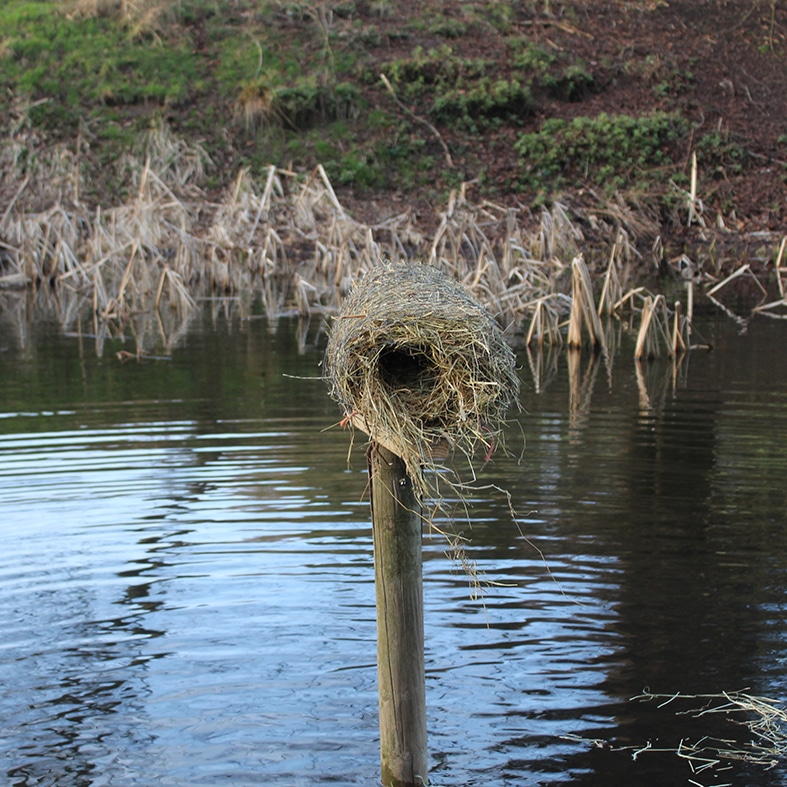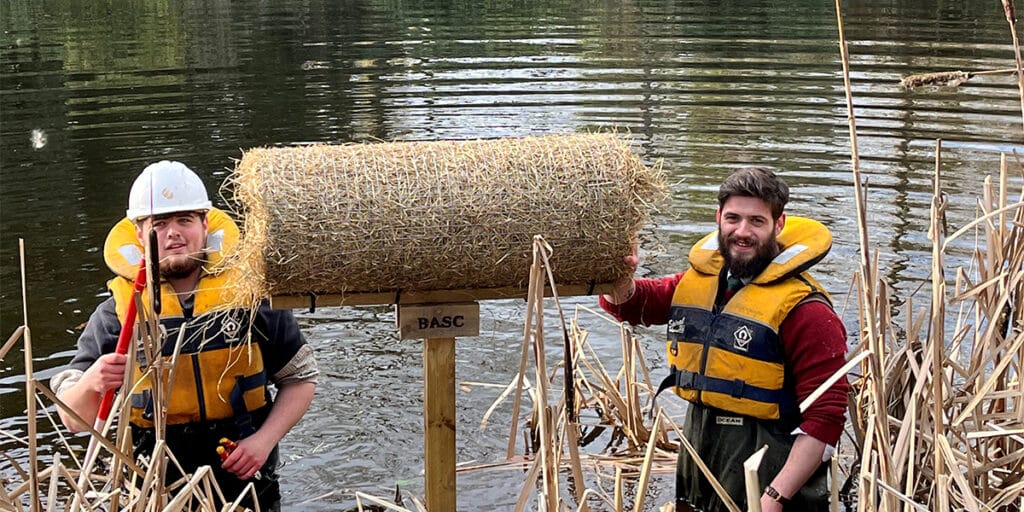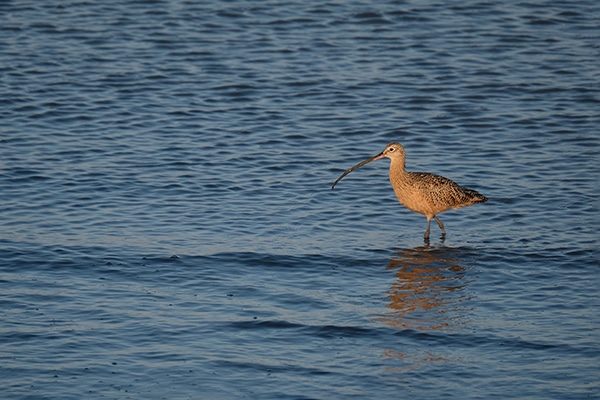
Sustainable Shooting Code of Practice
Read our code of practice on shooting wildfowl, waders and rail species sustainably in England, Scotland and Wales.
Get information on the legal shooting season for mammals and birds in the UK.
Apply for funding for your project or make a donation today
Comprehensive information and advice from our specialist firearms team.
Everything you need to know about shotgun, rifle and airgun ammunition.
Find our up-to-date information, advice and links to government resources.
Everything you need to know on firearms law and licensing.
All the latest news and advice on general licences and how they affect you.


Home » Conservation in Action » Conservation projects » Duck nest monitoring project
Initiated by The Waterfowlers’ Network (of which BASC is a member) in 2021, the Duck Nest Monitoring Project is a citizen science project dedicated to the conservation of wild mallard populations.
The project aims to monitor mallard breeding success when artificial nesting structures, such as raised nesting tubes or boxes, are installed at a site.
Mallard numbers are decreasing across the UK and Europe. In order to continue sustainable shooting of this species we must establish an effective way to maintain and protect our wild populations.
Mallard are ground-nesting birds and as a result, they often face disturbance such as trampling from livestock, predation, and dog walkers.
This frequently results in the destruction of the nests before the eggs have a chance to hatch.
Duck nest tubes are a great solution to this problem. By raising the nests off the ground and covering them from flying predators, the chances of nest disturbance or destruction are considerably lower, resulting in increased brood sizes and hatching success.
1. Make and install a mallard nest tube on the land you own or shoot over
Duck nest tubes are simple to set up and anyone can take part in helping to improve the wild mallard population in their area. It can take several years before the tubes are used, but don’t lose hope – once they are occupied, the ducks and their offspring will likely return year after year to nest in the same spot.
How to set up a duck nest tube:

2. Record as much of the following information as you can:
3. Once you have recorded as much information as you can, use the Waterfowlers’ Network online form to register your findings at the end of the mallard breeding season.
We recommended that you register your findings at the end of the season (end of August) to ensure no nesting attempts are missed.

Duck nest tubes have been shown to improve wild mallard populations by increasing brood size and hatching success across their range.
The security and protection provided by nesting tubes can improve the chance of hatching success to 90 per cent. See the report below for more details.

Read our code of practice on shooting wildfowl, waders and rail species sustainably in England, Scotland and Wales.

Data shows a 46 per cent decline in breeding curlew in the UK between 1994 and 2010, with a more than 50 per cent decline in Wales and Scotland.

Green shoots mapping is an online platform that offers shoot mapping and bag recording services.
Sign up to our weekly newsletter and get all the latest updates straight to your inbox.
© 2025 British Association for Shooting and Conservation. Registered Office: Marford Mill, Rossett, Wrexham, LL12 0HL – Registered Society No: 28488R. BASC is a trading name of the British Association for Shooting and Conservation Limited which is authorised and regulated by the Financial Conduct Authority (FCA) under firm reference number 311937.
BASC Direct Ltd is an Introducer Appointed Representative of Agria Pet Insurance Ltd who administer the insurance and is authorised and regulated by the Financial Conduct Authority, Financial Services Register Number 496160. Agria Pet Insurance is registered and incorporated in England and Wales with registered number 04258783. Registered office: First Floor, Blue Leanie, Walton Street, Aylesbury, Buckinghamshire, HP21 7QW. Agria insurance policies are underwritten by Agria Försäkring.
If you have any questions or complaints about your BASC membership insurance cover, please email us. More information about resolving complaints can be found on the FCA website or on the EU ODR platform.